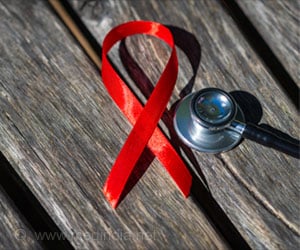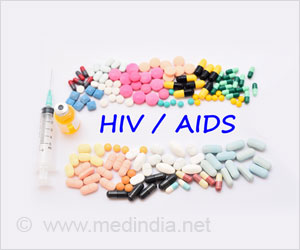A natural compound can virtually eliminate human immunodeficiency virus (HIV) in infected cells in cell culture, scientists have demonstrated.

The HIV/AIDS pandemic continues to affect 34 million individuals worldwide, including more than 3 million children, according to the World Health Organization.
Current treatment involves the use of several antiretroviral drugs, termed Highly Active Antiretroviral Therapy (HAART), which can extend the life expectancy of HIV-positive individuals and decrease viral load without, however, eradicating the virus.
"We know that there are reservoirs of HIV that aren't being eliminated by current treatment and that keep replenishing the infection," said Susana Valente, a Scripps Research biologist who led the study.
"Viral production from these cellular reservoirs that harbour an integrated viral genome is not affected by current antiretroviral drugs, which only stop novel rounds of infection. The compound in the current study virtually eliminates all viral replication from already-infected cells where HIV hides," Valente stated.
The new study focused on a medically promising compound known as Cortistatin A. This natural product was isolated in 2006 from a marine sponge, Corticium simplex, discovered more than 100 years ago. In 2008, Scripps Research chemist Phil Baran and his team won the global race to synthesize the compound, presenting an efficient and economical method.
Advertisement
The results showed that the compound reduced viral production by 99.7 percent from primary CD4+T cells (a type of immune cell) isolated from patients without levels of the virus in their bloodstream and who had been under HAART treatment for a long period of time. When the compound was added to other antiviral treatments, it further reduced by 20 percent viral replication from CD4+T cells isolated from patients with detectable amounts of virus in their bloodstreams.
Another interesting feature of this compound is that withdrawal of the drug from cell culture does not result in virus rebound, which is normally observed with other antiretrovirals.
While most antiretroviral compounds block only new infections, didehydro-Cortistatin A reduces viral replication from already-infected cells, potentially limiting cell-to-cell transmission.
The new inhibitor already has a drug-like structure, is effective at very low concentrations, and has no toxicity associated with it, at least at the cellular level, the study noted
The study was published in the July 20, 2012 issue of the journal Cell Host and Microbe.
Source-ANI















